Here you’ll find:
- Opportunities for research in Bristol
- Useful websites:
- Approaching research
- Possible Sources
- Suggested Reading
- Book reviews of The Bristol Area
Opportunities for Research in Bristol
The Bristol region is rich in many aspects of industry and manufacturing, and home to internationally famous engineering feats. Some are well-researched, while others are virtually unknown. New angles and new discoveries are always being made. No matter what area interests you, we hope there’ll be something we can support you in exploring. Whatever you unearth, BIAS want’s to hear from you and publish your discoveries.
Here’s more on the various areas we focus on, though this is far from a comprehensive list and all contributions are welcome.
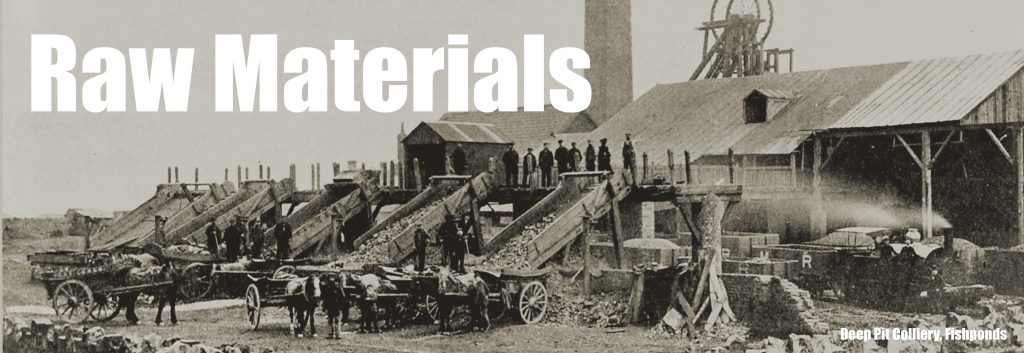
RAW MATERIALS
- Mining
- quarrying
- Forestry
- mineral extraction
- claypits
- Agriculture
- Imports
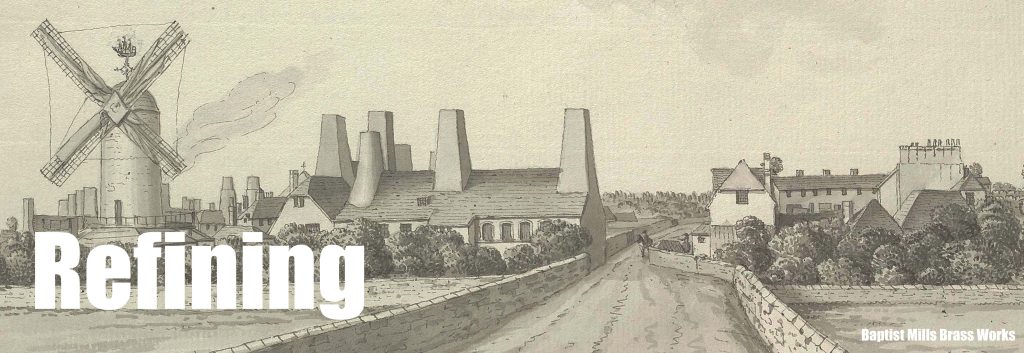
REFINING AND PROCESSING
- sugar,
- tobacco
- cocoa,
- tanning
- brewing
- brass
- zinc
- iron
- lime
- brickmaking
- mills
- foodstuffs (breadmaking, dairy, Ribena, jam)
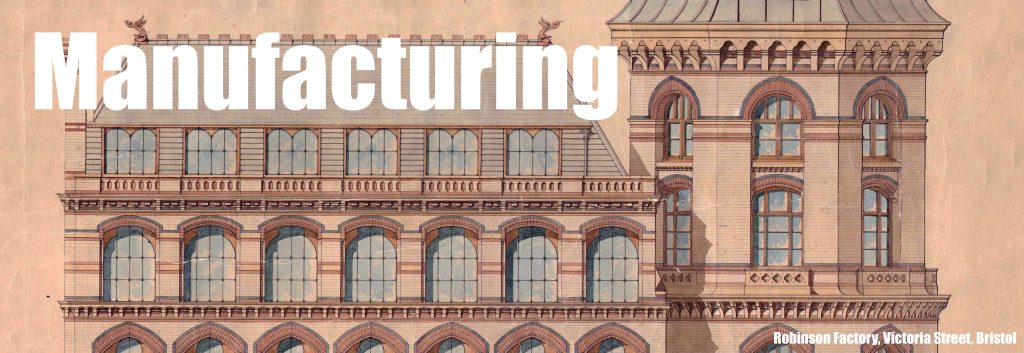
MANUFACTURING
- glass
- pottery
- textiles
- paper, printing and packaging
- engineering
- aeronautical
- shipbuilding
- cranes
- helicopters
- road vehicles (cars, busses, motorcycles)
- locomotives and rollingstock
- shopfittings
- paints
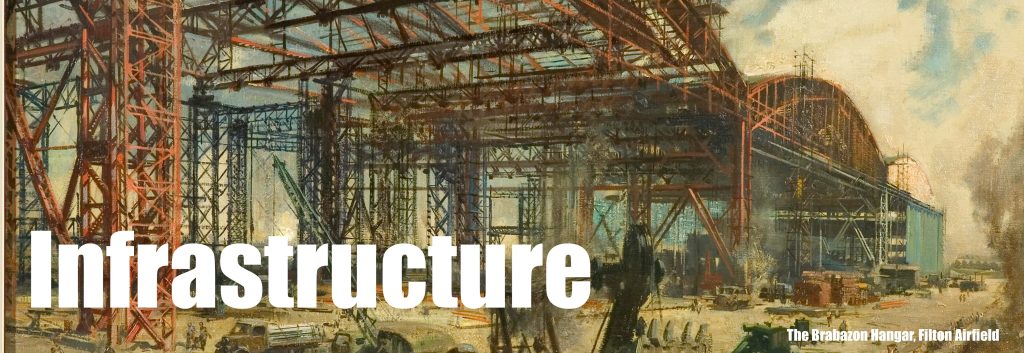
INFRASTRUCTURE
- Railways
- tramways
- Roads
- Airports
- docks
- Canals
- Bridges
- tunnels
- Gas
- power
- Water
- Sewerage
- Piers
- Lighthouses
- Warehousing
- construction
- Industrial architecture
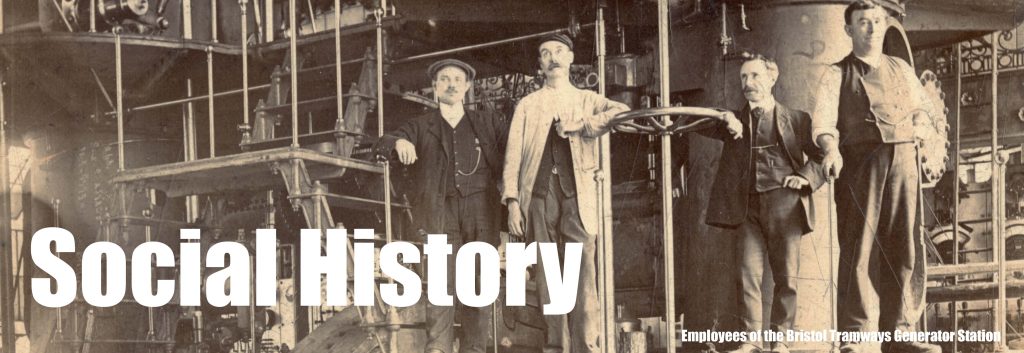
SOCIAL HISTORY
- Housing
- Labour
- Industrial communities
- Professions and professionals
- The Co-Operative movement
- Biographies
- The human impacts and contested history
Useful Resources
- Know your place Explore historic maps of Bristol (1840s tithe maps, 19th, 20th century ordnance survey maps, Ashmead’s plans of the central area from 1828, 1855, 1874
- LibrariesWest is a partnership between Bath & North East Somerset, Bristol, North Somerset, Somerset and South Gloucestershire public library services. Search the catalogue and reserve online.
- The Central Reference Library in College Green has all its archives in card trays still. It has a complete set of Matthews Guides to Bristol, electoral rolls, as well as newspapers on microfilm.
- National Archives of the United Kingdom
- http://www.old-maps.co.uk gives access to old OS maps of end of 19th century
- Pigot’s Directory for 1830 With Clifton, Bedminster, Ashton, Brislington, Pill, Stapleton, etc. This transcription contains 6,501 names, occupations and addresses of the residents of Bristol England that have been extracted from the micro-fiche of Pigot’s Directory of Gloucestershire for 1830. It is divided into four sections. Useful for genealogists.
Approaching research
Four questions
- what type of project?
- is it worth doing?
- how does it relate to current knowledge?
- what is the easiest way to approach it?
Possible Sources
Your choice of project will influence sources to be consulted.
- fieldwork;
- published works – bibliographies and guides to sites and industries p
- maps and plans – OS maps, tithe maps, insurance plans, estate plans;
- printed sources – directories, guides, travel diaries, newspapers, trade encyclopaedias and technical literature-
- pictorial sources – prints, photographs, drawings and archive film;
- documents/manuscript souroes – business records, letters, work of record societies and recent IT projects;
- oral history – interviews and recollections
Suggested Reading
Industrial Archaeology in General
- Industrial Archaeology an Introduction Hudson, K (1963). The pioneering book, reissued in subsequent editions
- Industrial Archaeology in BritainBuchanan, RA., (1973). Comprehensive general study, reissued in subsequent editions .
- The BP Book of lndustrial Archaeology Cossons, N..(1975). Comprehensive general study, reissued in subsequent editions .
- The Archaeology ofthe Industrial Revolution Bracegirdle, B. (1973) provides a superb visual introduction to the subject.
- English Heritage Book of Industrial England Stratton, M. and Trinder, B. (1996). Recently-published book provides a current view
- Twentieth Century Industrial Archaeology (2000) Recently-published book provides a current view,
- Industrial Archaeology Principles and Practice Palmer, M. and Neaverson, P. (1998). Recently-published book provides a current view, has a full bibliogmphy.
- The Blackwell Encyclopaedia of Industrial Archaeology Trinder, B. (ed.) (1992). Substantial reference book
- Dictionary ofindustrial Archaeology and Jones, W. (1996). Substantial reference book
- Perspectives on Industrial Archaeology Cossons, N. (ed.) (2000) is an interesting collection of essays which takes stock of the progress of the subject to date.
